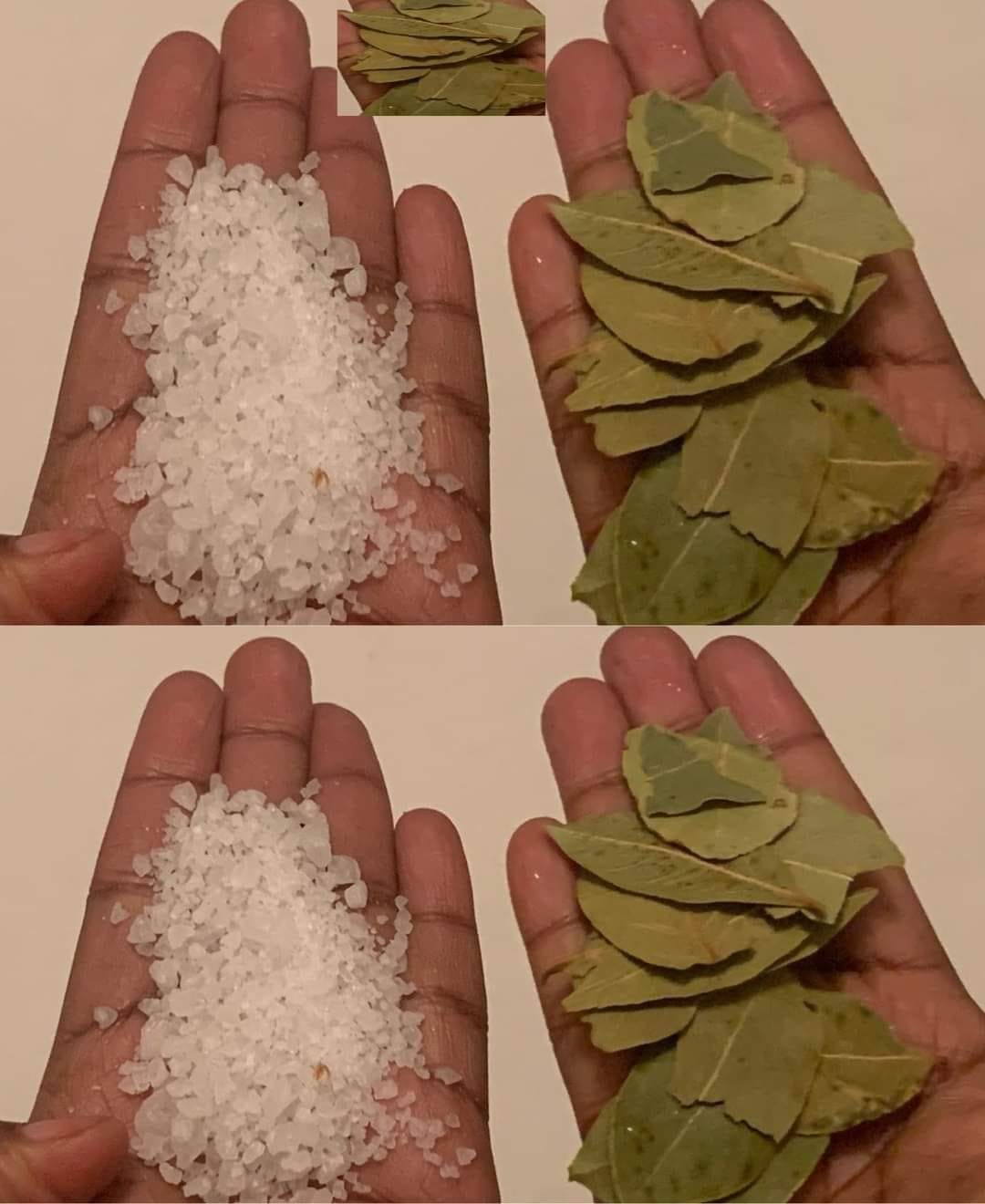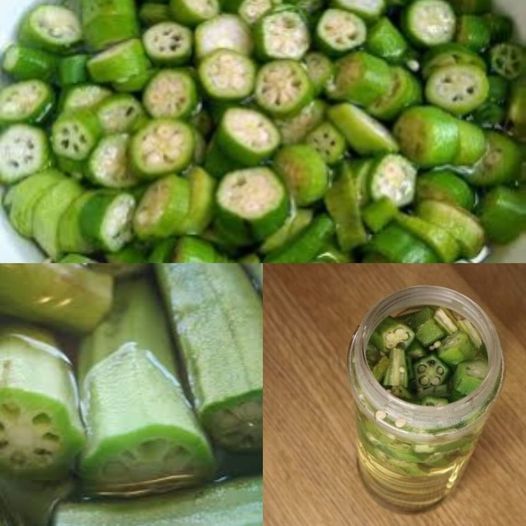This timeless combination of bay leaf and salt is a treasure trove of flavor and functionality. My grandmother taught me the power of this mix, and I’ve cherished her recipe and techniques ever since. Using bay leaf and salt together transforms dishes with subtle, earthy, aromatic notes that amplify the natural flavors of each ingredient.
Bay leaves, known for their fragrant, almost minty aroma, add an undertone of sweetness and bitterness to dishes. When paired with salt, these leaves create a culinary experience that’s simple yet profound, bringing depth to soups, stews, and even roasted vegetables. The blend enhances flavors without overpowering, making it versatile for nearly any dish. Here’s how you can use this “worth-its-weight-in-gold” mixture just like my grandmother did!
Ingredients:
- 5-6 dried bay leaves
- 1 cup coarse sea salt or kosher salt
Preparation:
- Infuse the Salt: Start by crumbling the dried bay leaves slightly to release their natural oils. Mix them with coarse salt in a small bowl. You can also use a mortar and pestle if you prefer a finer consistency. Allow the mixture to sit for at least 24 hours, or up to a week, in an airtight container. This allows the bay leaf aroma to infuse into the salt, creating a layered, aromatic blend.
- Store It Properly: After the infusion period, you can strain out the bay leaves if you’d like a smooth salt or leave them in for extra flavor. Store in a cool, dry place, ideally in a glass jar or ceramic container with a tight lid to keep it fresh and aromatic.
How to Use Bay Leaf and Salt:
1. In Soups and Stews:
When making a hearty vegetable soup, like my grandmother’s recipe, add a teaspoon of this bay leaf salt towards the end of cooking. The blend enhances the flavors of root vegetables, such as carrots and potatoes, and adds a layer of warmth to the broth.
Try It In:
- Lentil or chickpea stew
- Root vegetable and barley soup
- Classic chicken or beef broth
2. For Roasted Vegetables:
Toss your favorite vegetables—potatoes, carrots, and Brussels sprouts work especially well—with a pinch of bay leaf salt and a drizzle of olive oil before roasting. The heat brings out the bay leaf aroma, adding a unique flavor to each bite.
Best Vegetables To Use:
- Carrots, potatoes, sweet potatoes
- Winter squashes like butternut or acorn
- Green beans or Brussels sprouts
3. In Rice or Grain Dishes:
Bay leaf salt adds a special touch to rice, quinoa, or couscous. Add a pinch during cooking, and let the subtle fragrance elevate the grains. It’s a secret that makes pilafs and grain salads feel gourmet.
Try It In:
- Rice pilaf with mixed vegetables
- Quinoa with herbs and nuts
- Barley risotto with mushrooms
4. For Meat and Fish Seasoning:
When seasoning meats or fish, sprinkle a bit of bay leaf salt before grilling, roasting, or pan-searing. The flavor permeates, especially during longer cooking methods, infusing your protein with a hint of bay leaf’s earthy aroma.
Try It With:
- Roasted chicken or turkey
- Grilled salmon or white fish
- Braised beef or lamb
5. In Baking:
For a subtle savory twist, bay leaf salt can be added to savory bread recipes. It works especially well with focaccia, adding a warm note that complements olive oil and fresh herbs.
This mix is a tribute to traditional wisdom, a simple recipe yet invaluable in its applications. With bay leaf and salt, the simplest ingredients can shine, and a pinch here and there brings the warmth and comfort of my grandmother’s kitchen into any dish.



